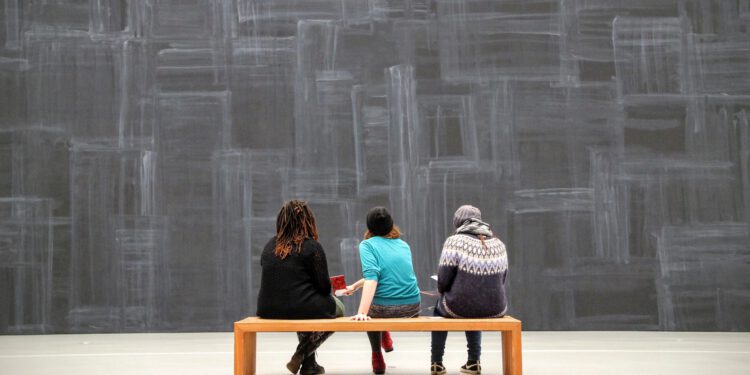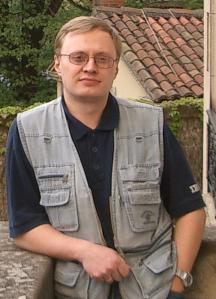The system devised by CSAIL researchers consists of a series of radiofrequency emitting devices. These are technologically simple equipment, but accompanied by advanced software.
The ability to predict the artificial intelligence it can be applied to the most diverse applications. In this case, a team of scientists from the CSAIL (Computer Science and Artificial Intelligence Laboratory) of MIT has applied the technology to being able to see through the walls. And they have succeeded with simple hardware equipment, based on radio signals.
The system devised by these CSAIL researchers consists of a series of radiofrequency emitting devices. These are technologically simple equipment, but accompanied by advanced software. The key is in the neural network that shapes information you get it from the radio signals.
A person can be behind the wall and the system will know what their position is, as well as what their movements are. To achieve this, scientists first they’ve trained their system. Without walls in between, they captured a person’s movements with a camera, as well as with radiofrequency devices. They introduced this information into their neural network, associating the images with the radio signals.
In this way, the neural network has learned to identify certain radio signals with movement and location. Now, the system is able to form a map of possible points for the movement of someone who is behind a wall or in low light conditions. From these points, he deduces a 3D skeleton, which should match the moving person.
The system can also be used for finding a person in the midst of a mass of people. With a hit rate of 83%, the system is able to identify a specific individual. It is a functionality that could be used for the search and rescue of people.
Researchers situate applications of technology especially in the medical field and care. It can be used to check the development of diseases such as multiple sclerosis or parkinson’s. It could also serve, in the case of older people in their homes, to send alerts if they suffer a fall.
Artificial intelligence is being used more and more frequently in the medical sector. At least in an experimental phase. Although it is in the diagnosis as well as in mental health, in particular, where more advances appear, referring above all to personalized treatments.
Images: 3dman_eu









